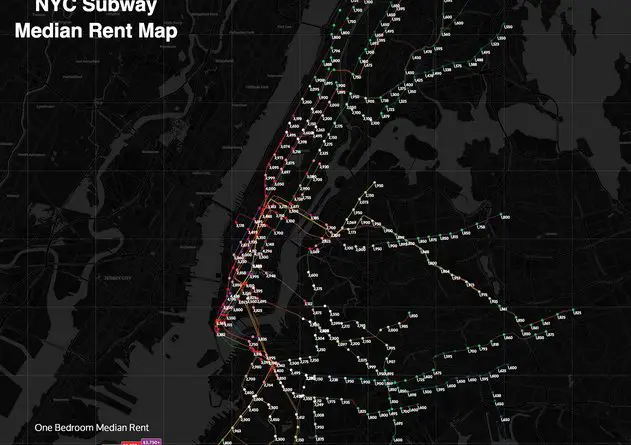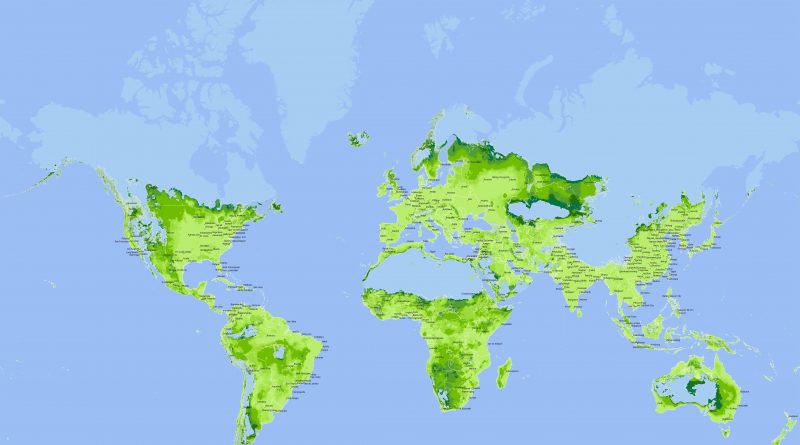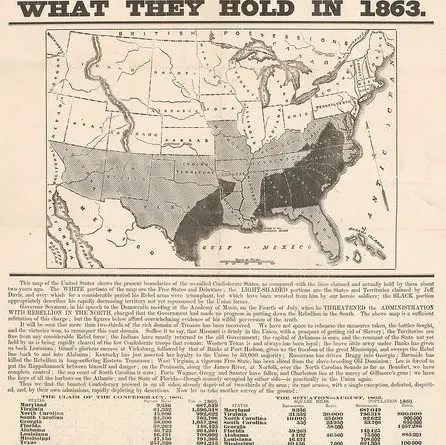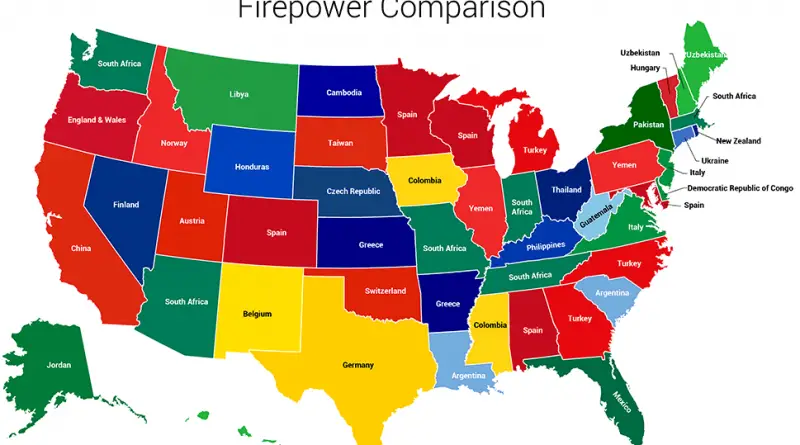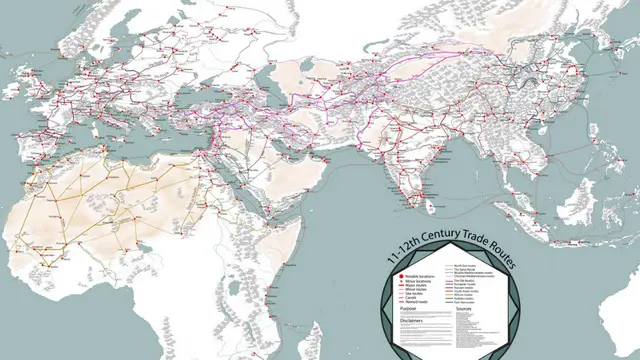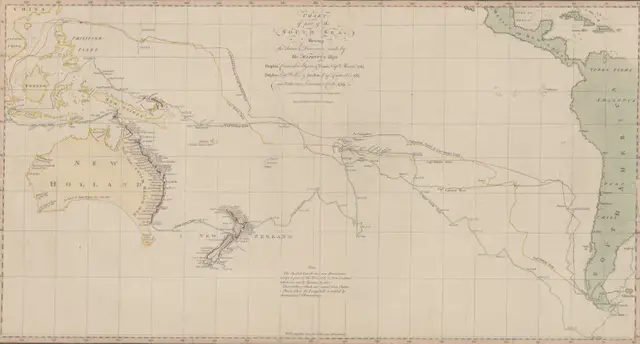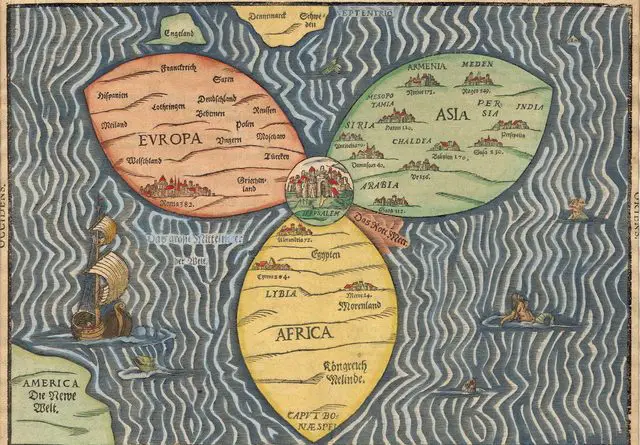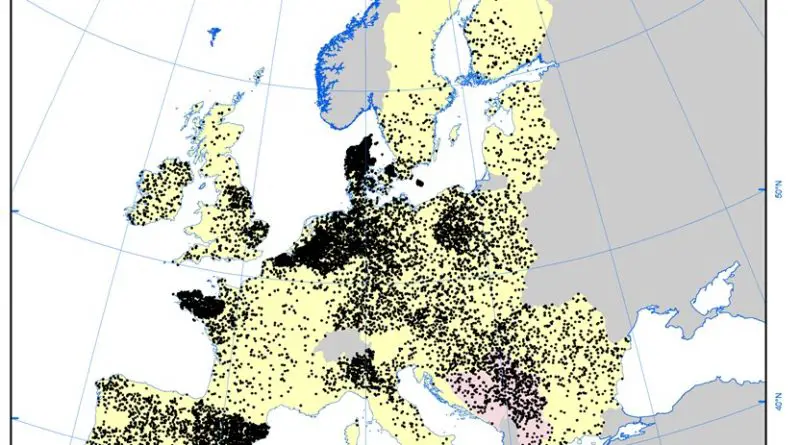The Evolution of Metros in China and Taiwan (1990 – 2020): A 30-Year Transportation Revolution
China’s metro development story is remarkable – from Beijing’s first line in 1969 to becoming home to the world’s longest subway networks. Here’s how it happened..
Read More

